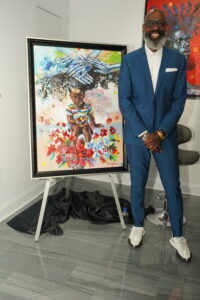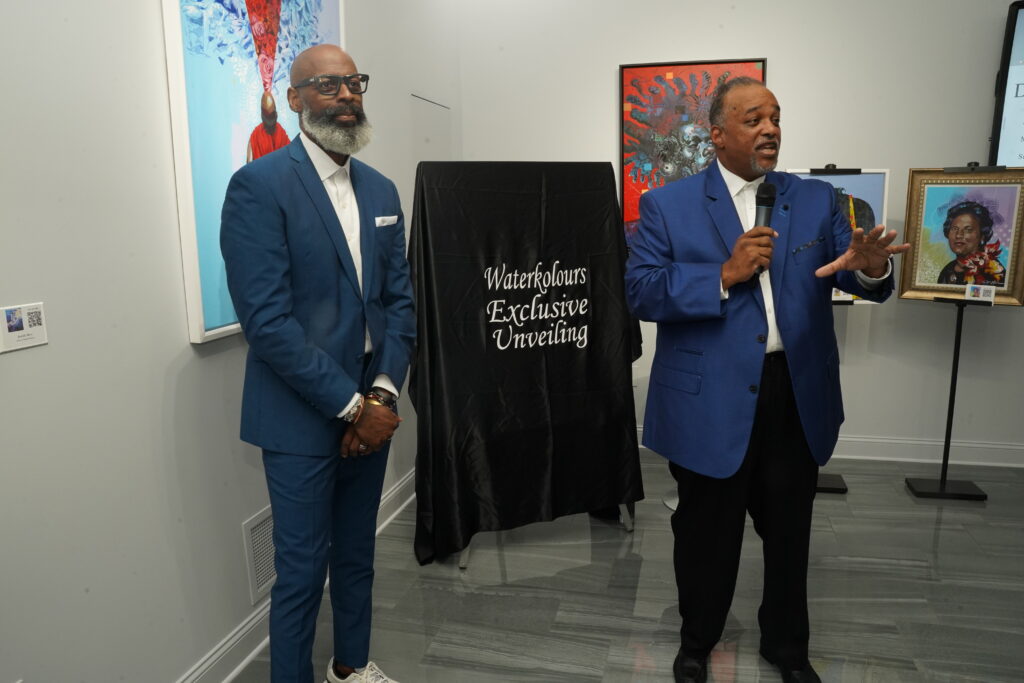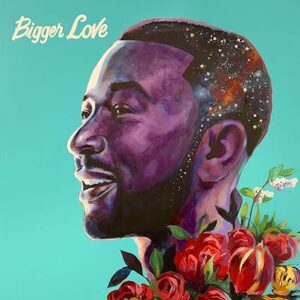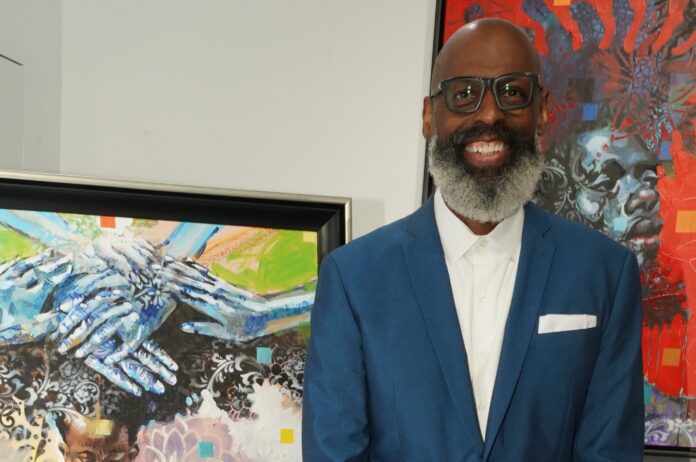Sheltering at home like the rest of us during the pandemic, visual artist Charly Palmer and his wife, Karida L. Brown found a spark of inspiration in an obscure publlication W.E.B. Du Bois authored more than 100 years ago.
It was called “The Brownies’ Book,” and Du Bois designed it to provide positive images to little black kids growing up in a segregated society. Brown, a sociology professor at Emory University and Du Boisian scholar, discovered The Brownies’ Book during her research, and recognized that there’s still need for Du Bois’ concept.
“She stumbled on some letters that Du Bois was writing to little children,” Palmer said in a TSD exclusive interview. “And it’s like, “This is interesting. Why is he responding? Because these children are asking all kinds of questions. And it addressed being a black child in America in the 1920s.
“My wife said, I remember her saying it: “Somebody should do this, somebody should produce a book,'” Palmer said. “And one day, it became ‘WE should do a book.'”
Palmer agreed, and the result is “The New Brownies’ Book: A Love Letter to The Black Family.” Palmer was the featured guest at Waterkolours Fine Art Gallery in Memphis recently to share his art and talk about his book, his art, and what drew he and his wife to the project.
“There was a kid who wrote a story, “Dr. Du Bois, I don’t think parents should whoop their kids. I think we’re smart enough to be spoken to in a way that we learn lessons,'”Palmer recounted. “And Du Bois took the time to say ‘Parents, stop beating your children and talk to them.'”
Stories like that lit a fire under the couple. Much like Du Bois did, Palmer and Brown reached out to writers and artists to provide content for “The New Brownies.”

The anthology features the work of talented and exciting Black creators, including playwright and poet Ntozake Shange; writer and editor Damon Young, Def Poetry Jam co-creator and painter Danny Simmons; sociologist and educator Dr. Bertice Berry, children’s book illustrator James E. Ransome; muralist Fabian Williams; collage artist Marryam Moma, and many more.
Palmer’s dedication to “The New Brownies” reflects his broader mission as an artist. His works consistently explore themes of Black identity, history, and empowerment. This commitment extends to his interactions with young people, whom he encourages to pursue their passions.
“Find something that you enjoy doing and you’ll never have to work a day in your life,” Palmer tells young Black children, drawing from his own journey.
Danny Jenkins, owner and curator of Waterkolours Fine Art Gallery, praises Palmer’s unique impact.
“Charly’s work has a deep consciousness about Black people, our struggle, where we want to go, and where we are now,” Jenkins said. “Memphis is dealing with deep racial divides and economic inequalities, and Charly’s work resonates strongly here.”
Palmer’s love affair with art began in an unexpected way. At the tender age of four, he found his inspiration not from traditional art icons but from the Beatles.

“There was a mania, an excitement. Watching these four young men, they looked like they were having fun. The music was great, and they had these nice tailored suits and boots,” Palmer recalls. “I wanted to create something that made me feel like their music and energy did.”
From those early drawings of the Beatles, Palmer’s path to becoming a professional artist was neither straight nor easy. Growing up in a generation where pursuing art was often discouraged in favor of more stable careers, Palmer faced the common parental refrain to have a backup plan. However, his passion for art never waned and was eventually rewarded.

Palmer’s journey is marked by significant milestones, including creating the cover art for John Legend’s album “Bigger Love.”
“The art director for Sony had purchased one of my works years ago in New Orleans. When the pandemic happened, they suggested a painting for the album cover,” Palmer said. “John saw my work on social media and agreed.”
Charly Palmer’s work is deeply intertwined with his commitment to social justice and community healing. His creative process often involves addressing profound societal issues through subtle yet powerful imagery.
“When Donald Trump got elected, I wanted to address what ‘Make America Great Again’ meant for us. It didn’t include us. So, I painted a mammy with an American flag falling apart behind her. The piece was called ‘America Was,’ but it really is ‘America Is.’”
A recurring subject in Palmer’s work is the legendary writer James Baldwin. “I can’t stop painting him,” he said jokingly befoe admitting he had to take a break.
“James Baldwin was fearless, saying things publicly that many black folks wouldn’t say even today,” he said. “I want to create paintings that make me feel the way Baldwin’s writings make me feel.”
Palmer’s art also serves as a response to the trauma and pain experienced by communities, particularly Black communities in cities like Memphis. He believes in the power of art to heal and offer an outlet for dealing with these challenges.
“It’s sad, it’s tragic, and it’s real. I say to these young brothers and sisters, it’s not your fault,” he said. “You’ve been conditioned and deceived by constant lies. At some point, you get angry and respond where you are. I try to give love and understand because we’ve lost many brilliant minds to these conditions.”


